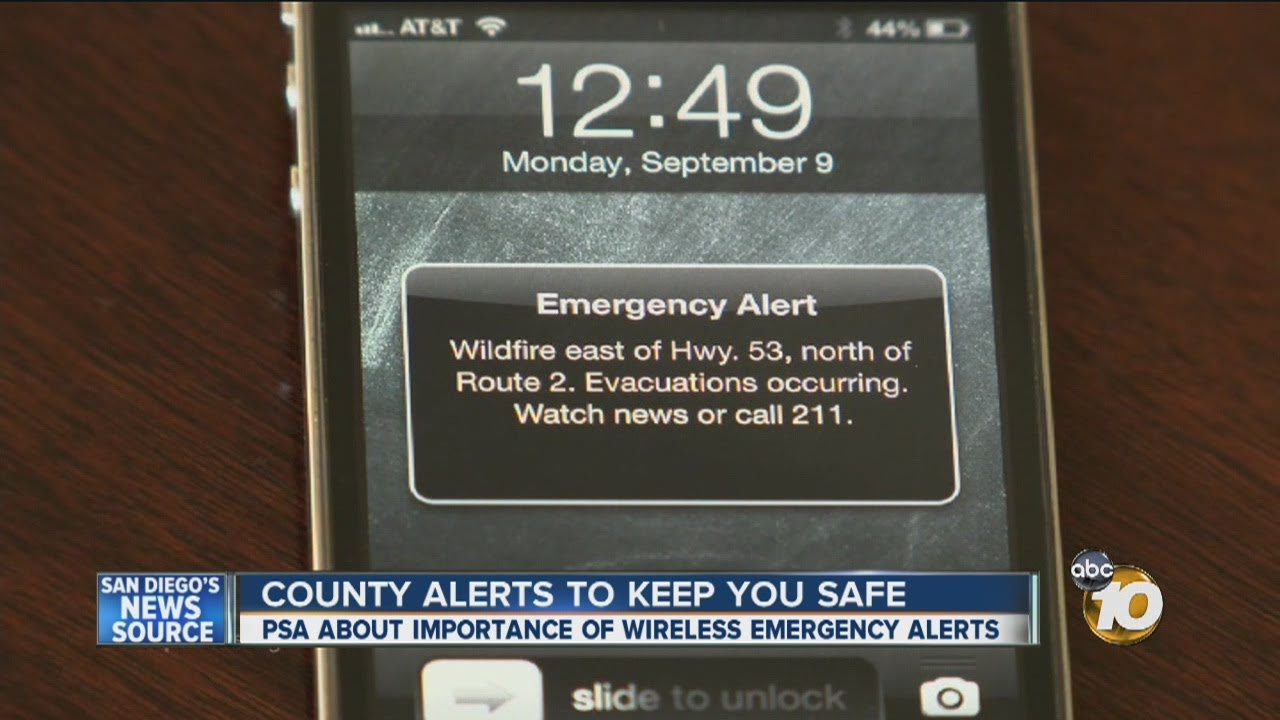
The Importance of the Emergency Alert System
The Emergency Alert System (EAS) plays a critical role in public safety by disseminating timely information regarding emergencies such as severe weather events, natural disasters, and other imminent threats. As technology evolves and climate challenges intensify, the effectiveness of these alerts becomes increasingly vital to protect citizens and mitigate risk.
Recent Developments
In September 2023, the Federal Emergency Management Agency (FEMA) conducted a nationwide test of the Emergency Alert System, marking a significant step in ensuring its readiness for real-life emergencies. This test was aimed at evaluating the performance of the EAS and the Integrated Public Alert and Warning System (IPAWS), which serve to inform the public in times of crisis.
As part of the test, alerts were sent out through various communication mediums, including radio, television, and mobile devices, reaching millions of Americans. Feedback from the exercise highlighted the need for continued improvements in the system, focusing on accessibility for all demographics, including those with disabilities.
Furthermore, new guidelines have been issued to state and local emergency management agencies, encouraging them to refine alert messaging to ensure clarity, reduce confusion, and increase public trust during catastrophic events. Improved technology, such as geolocation features, is also being integrated to target alerts to the relevant populations and reduce alarm fatigue.
Public Response and Future Implications
Public response to the EAS tests has been largely positive, with many citizens expressing appreciation for receiving timely information; however, some concerns persist regarding the frequency and clarity of alerts. It remains essential for emergency management officials to strike a balance between keeping the public informed and avoiding alert overload.
Looking ahead, the integration of artificial intelligence and machine learning within the EAS may play a pivotal role in enhancing predictive capabilities and automating alerts based on real-time data and analytics. This could streamline the entire process of generating alert messages and ensure that they are disseminated as quickly as possible.
Conclusion
The Emergency Alert System is a cornerstone of community safety. As advancements continue to reshape how information is conveyed during emergencies, ongoing reviews and adaptations will be crucial. By prioritising clarity and responsiveness, the EAS will not only keep citizens informed but will also help save lives during critical situations.
You may also like

Recent Train Stabbing Incident Raises Alarm Over Commuter Safety

The Growing Importance of GPS Raise Alarm Systems
